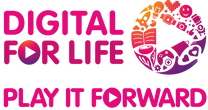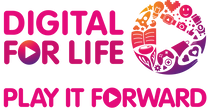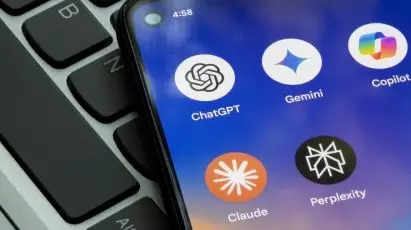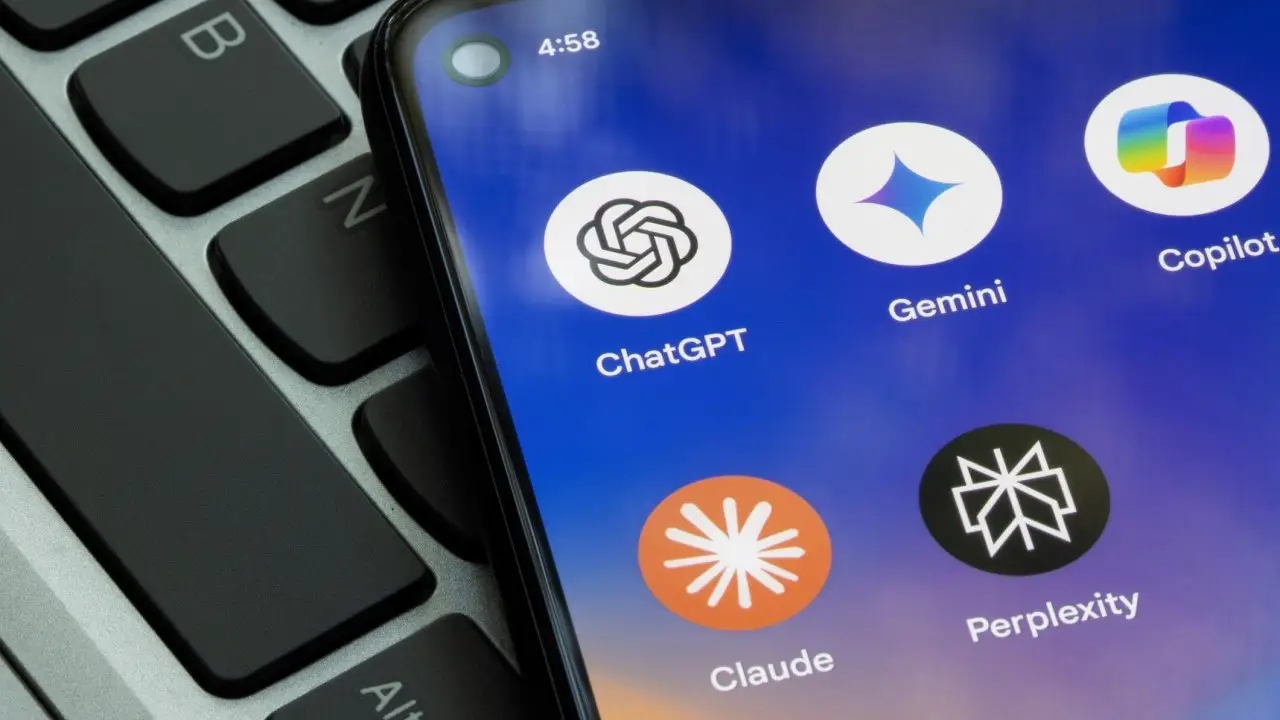Gen AI in Schools: Students and Lecturers Speak Out
Not long ago, the best academic allies students had were their well-worn textbooks or a late-night, deep dive into the Internet. Now, Generative Artificial Intelligence (Gen AI) has entered the mix, becoming a transformative and widely popular tool in the classroom to enhance learning.
However, in navigating this new reality, as classrooms evolve, so do the conversations surrounding Gen AI’s impact on education. With the rapid adoption of Gen AI, the education sector is at a crossroads as students and educators grapple with Gen AI’s implications on critical thinking, ethics, and academic integrity.
The prominence of Gen AI in schools has reshaped education for both lecturers and students. Here are some ways that they have embraced it.
Students Embrace the Efficiency
For students, Gen AI has become a key ally in navigating schoolwork. Leroy Goh, an 18-year-old student at Ngee Ann Polytechnic, shares, “Gen AI has provided me with so much aid in my assignments and projects, I love it. It lightens my workload and helps me focus on the important parts.” For Goh and many like him, natural language AI tools like ChatGPT simplify workloads, helping with ideation, essay drafting, and clarifying doubts.
Fellow student, Sarah Adriana, echoes similar sentiments, noting how Gen AI enhances her efficiency. “It’s great for speeding up my workflow. I can generate ideas faster and focus on refining them,” she explains. Adriana also highlights its utility in creative fields. “I feel, especially in media work, AI can be used to help us with tasks such as ideas or draft generation.”
Many students also use AI to improve their writing. “When I’m writing reports or articles, I sometimes struggle to phrase things well,” Goh says. “Gen AI helps me rephrase clunky sentences and make my writing more concise and impactful.”
The research process has also seen a revolution with the rise of Gen AI chatbots. Polytechnic student Tegan Sim shares his experience: “You can just type in, ‘Give me some information on this topic,’ and AI will spit out everything back to you with links that you can fact-check.” This functionality has streamlined the often time-consuming task of web surfing, making it easier for students to gather information quickly and efficiently.
However, this convenience comes with challenges. Students are beginning to realise the academic consequences that come with the over-reliance on Gen AI. As schools adapt to Gen AI, educators are getting better at detecting and addressing AI-driven plagiarism. Students have to be constantly wary of the line between ethical use and over-reliance on Gen AI.
When working on projects, Goh talks about his approach when using Gen AI tools. “What I do to ensure the ethical use of AI is to constantly remind myself that I am in a media course and that using and over-relying on AI … [puts] me [at high risk of plagiarism],” Goh said. “When I'm overusing AI, I'll just take a step back and revert to my normal ways of thinking. [When I catch myself] prompting too much I'll be like, ‘Okay, no, stop. Think for yourself, think in a human way.’”
Sim also highlights another challenge: misinformation. “AI can give you inaccurate facts or fake links, so you have to fact-check everything. Taking its output at face value can be dangerous.”
Educators: Tool or Threat?
For lecturers, the rise of Gen AI has been both exciting and challenging. The implications AI tools have on learning integrity, critical thinking, creativity, and education practices cannot be taken lightly by educators, and Ngee Ann Polytechnic lecturer Mr. Najib Ahmad can safely agree.
As a lecturer at the School of Film & Media (FMS), the weight of these implications is increased tenfold, as being part of the creative industry, creativity is a given in everything he does.
Mr. Najib does not shy away from using AI tools like Gen AI as it is a great aid in getting his students started on idea generation. “I do encourage my students to use it because it accelerates their workflow. They can focus on refining their ideas instead of struggling to get started.”
However, Mr. Najib also emphasises the importance of ethical use. “The giveaway is when it is beautifully written, but there is no substance,” he notes when spotting AI-generated work. “There’s no research, not much statistics to back it up. There are no citations.” To him, the key to using Gen AI responsibly lies in ensuring credibility by cross-referencing sources and adding a human touch to assignments.
Meanwhile, lecturer, Mr. James Sharpe has found a unique way to incorporate AI into his teaching. “I use AI to help assess students’ story ideas in my media writing module. It’s a huge time-saver. I can get AI to analyze their work, [and] then refine the feedback myself. It allows me to focus on providing better insights to my students.”
He initially feared AI himself, harbouring concerns about how students could use AI to cheat or how AI would affect his teaching. However, ever since he came to terms with it, his opinions have “changed as rapidly as the tech itself has been changing”.
“I think the more that you understand the technology, what it can and what it can’t do, the less you fear it.” He stated. Mr. Najib also echoed Mr. Sharpe’s sentiments, with both lecturers concluding that with the rise of AI tools, one must learn to adapt and not turn away from it.
A Delicate Balance: Maximizing AI’s Potential While Safeguarding Learning
While both students and educators recognize Gen AI’s advantages, they also acknowledge its risks. Over-reliance on AI can hinder creativity and critical thinking, while misinformation and academic dishonesty remain pressing concerns. The challenge, then, is not whether AI belongs in education but how it can be integrated responsibly.
For students, this means leveraging AI as a support system rather than a crutch—using it to enhance, not replace, independent thought. For educators, it means reshaping teaching strategies to ensure AI serves as a learning aid rather than a shortcut. Ethical guardrails, digital literacy, and thoughtful regulation will be key to maintaining the integrity of education in an AI-driven world.
The Road Ahead: AI as a Catalyst, Not a Substitute
As classrooms and workplaces continue to evolve alongside AI, the challenge is not in resisting change but in mastering it. Generative AI is neither a silver bullet nor an existential threat—it is a tool, and like any tool, its impact depends on how we wield it. The future of AI in education hinges on striking the right balance: harnessing its strengths while preserving the human touch that makes learning meaningful. In the end, AI should be a catalyst for growth, not a substitute for human ingenuity.













